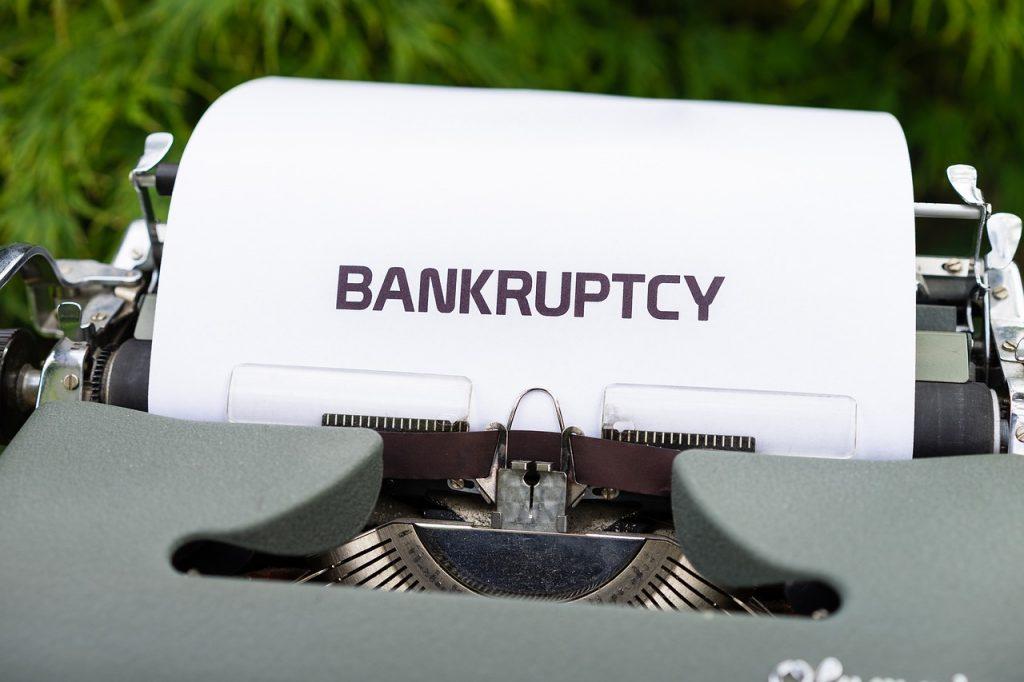Legal
A Guide to Recovering from Bankruptcy and Your Legal Options

Over half a million individuals and families filed for bankruptcy in the past year alone. In the 12 months ending March 2025, there were 505,771 non-business bankruptcy filings in the United States—a number that continues to rise as economic pressures mount.
Bankruptcy can feel like hitting rock bottom. But for many, it marks the turning point toward financial clarity and control. Whether driven by job loss, medical expenses, or overwhelming debt, seeking help is a courageous first step.
If you’re facing this challenge, you’re not alone. Professional bankruptcy legal services for individuals and families can guide you through your options, protect your rights, and help you begin again with confidence.
In this guide, we’ll explore how to recover from bankruptcy—both emotionally and financially—and the legal pathways available to rebuild your future.
Understanding Bankruptcy and Its Impact
Bankruptcy is a legal process designed to give people a fresh start when debts become unmanageable. While it’s often seen as a last resort, it can be a vital tool for financial recovery when used strategically and with the right legal guidance.
There are several types of bankruptcy under the U.S. Bankruptcy Code, but Chapter 7 and Chapter 13 are the most common for individuals:
- Chapter 7 (Liquidation): Often called “straight bankruptcy,” this chapter allows for the discharge of most unsecured debts. Non-exempt assets may be sold by a trustee to repay creditors.
- Chapter 13 (Wage Earner’s Plan): This option allows debtors with regular income to create a repayment plan over three to five years, keeping most assets while gradually settling debts.
Filing bankruptcy automatically initiates a “stay” under 11 U.S. Code § 362, which halts most collection efforts, foreclosures, and wage garnishments. This legal protection offers breathing room to reorganize your finances.
Emotional Recovery After Bankruptcy
The financial burden is only part of the equation—many people struggle emotionally after filing. Feelings of shame, failure, or anxiety about the future are common.
However, it’s important to reframe the experience. Bankruptcy doesn’t mean you’re irresponsible—it means you’ve chosen to confront a problem head-on, using the legal tools available to regain stability.
Rebuilding confidence is part of the recovery process. Setting small financial goals, tracking progress, and understanding your rights can help restore a sense of control.
Steps to Rebuild Your Finances
Post-bankruptcy recovery doesn’t happen overnight. But with patience and discipline, you can build a stronger financial foundation.
1. Review Your Credit Reports
After your bankruptcy is discharged, check your credit reports from the three major bureaus—Equifax, TransUnion, and Experian. Ensure that discharged debts are correctly marked and that there are no reporting errors.
2. Build a Budget
Create a clear and sustainable monthly budget. Prioritize essentials—like housing, food, and transportation—and set aside funds for emergencies. Use budgeting tools or apps to help monitor spending habits.
3. Reestablish Credit Wisely
Start small:
- Consider a secured credit card
- Make on-time payments consistently
- Keep your credit utilization low (below 30%)
Avoid high-interest loans or offers that sound too good to be true—they often are.
4. Create an Emergency Fund
Even saving just a few dollars a week can help build a cushion. An emergency fund prevents future financial crises from escalating into new debt.
5. Educate Yourself Financially
Explore free resources or community programs on personal finance, credit rebuilding, and consumer rights. Knowledge is one of the most powerful tools for preventing future financial distress.
Legal Considerations Moving Forward
After bankruptcy, it’s important to be aware of how it affects your legal and financial rights:
- Bankruptcy remains on your credit report for 10 years (Chapter 7) or 7 years (Chapter 13).
- You are still responsible for non-dischargeable debts such as student loans, child support, and certain taxes (11 U.S. Code § 523).
- You cannot file for Chapter 7 again until eight years after a previous Chapter 7 discharge, or two years after a Chapter 13 discharge.
However, you retain the right to fair treatment under the Fair Credit Reporting Act (FCRA) and Fair Debt Collection Practices Act (FDCPA). Creditors and collection agencies must not harass or misrepresent your status after a discharge.
Life After Bankruptcy Is Possible
Bankruptcy is not a life sentence. Many individuals go on to buy homes, build savings, and achieve financial stability. The key lies in understanding the process, making informed decisions, and gradually rebuilding with intention.
Recovery is a journey—but it’s one you don’t have to take alone. With the right tools, information, and support, you can move beyond bankruptcy and toward a more secure financial future.
















